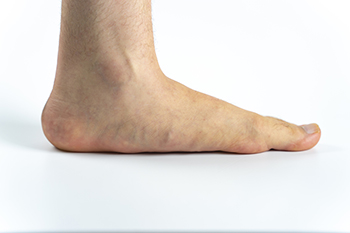
Winter brings cold weather, and the feet are often affected if not cared for properly. Many people are under the assumption that wearing thick socks is good for the feet during the cold months, but this may not be true. When these types of socks are frequently worn, excess pressure may be put on the feet, which may possibly lead to poor circulation. When choosing socks, it is beneficial if they are made of breathable materials. It is important to choose correct shoes to wear while outdoors, as they provide the outer layer of protection for the body. The type of shoes can govern how the feet are able to maintain the correct body temperature, and in a cold atmosphere, it may help to wear woolen inner soles. Circulation can be improved when the activity level is increased, with the added bonus of possibly feeling more energized. If you live in a cold climate, and spend the majority of your time outside, it is suggested that you confer with a chiropodist who can guide you toward additional measures to protect your feet.
The winter months can bring about new or worsening foot and ankle problems. If you’re suffering from foot or ankle pain, please consult with one of the specialists from Thornhill Foot Clinic. Our chiropodists can help you maintain the health of your lower limbs and your mobility.
Winter Foot Problems
Cracked heels - Dry, cracked skin on the heels of the feet that is associated with cold, dry weather
Athlete’s foot - A fungal infection on the skin of the feet
Blisters - Fluid-filled bubbles of skin that usually form in response to friction
Fractures - Broken bones in the feet or ankles
Metatarsalgia - General foot pain
Chilblains - Spasming of the small blood vessels in the toes in response to exposure to cold weather
Raynaud’s disease - Numbness, pain, and color changes in the toes due to cold weather
Prevention
Wear warm socks and shoes
Avoid prolonged exposure to the cold
Moisturize the heels regularly
Keep your feet clean and dry
Walk carefully in areas that may be icy
Wear non-slip shoes
If you have any questions, please feel free to contact our office located in . We offer the newest diagnostic and treatment technologies for all your foot care needs.




